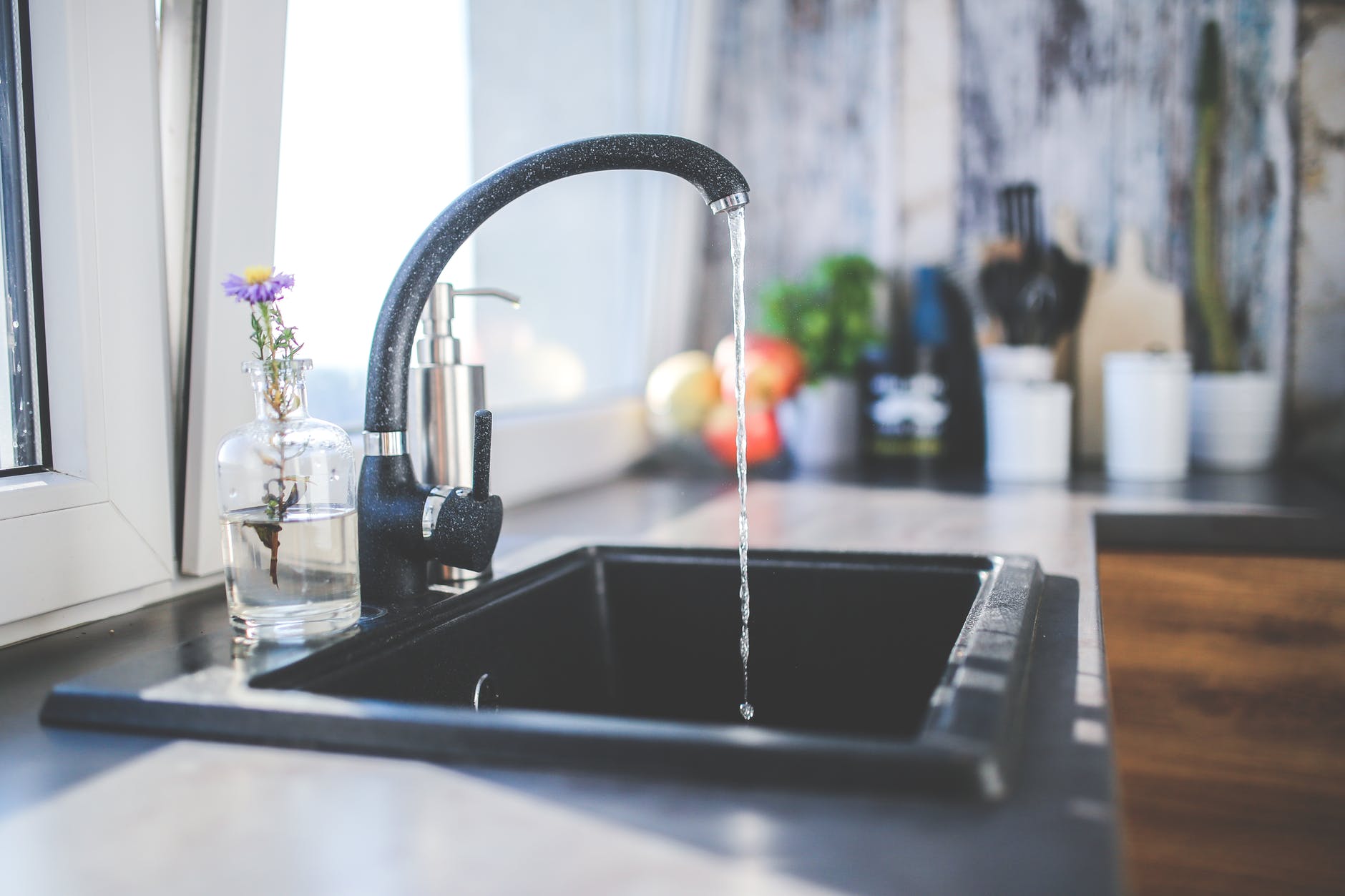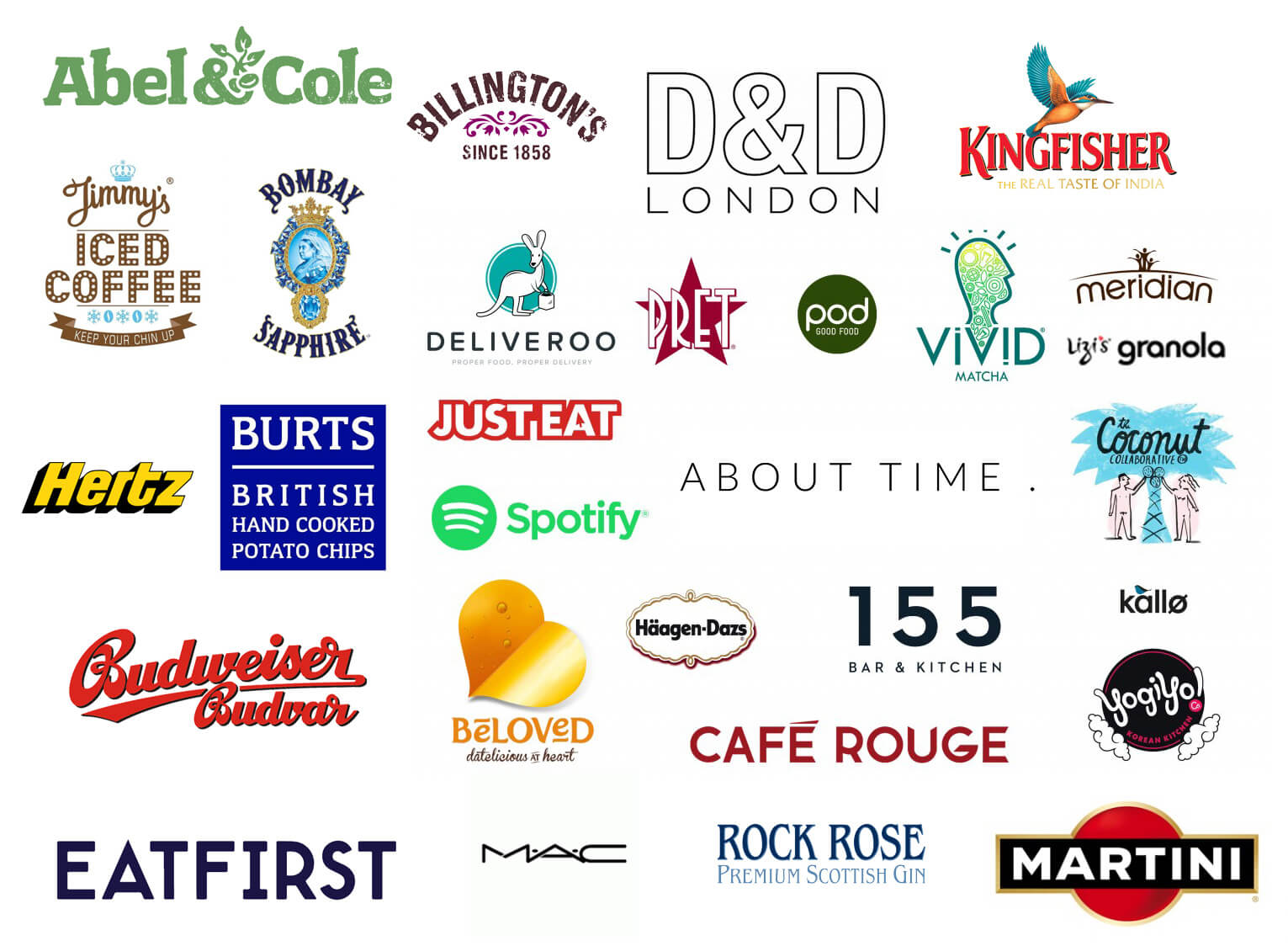How to bring a rustic feel to a new kitchenBy Angelica Malin
The rustic style first emerged in the mid-18th century, but it remains an extremely popular look today, particularly in the kitchen. The style creates a homely, earthy look and, although traditional in design, is eminently achievable even in a modern kitchen – we offer some guidance in the following post.

Understanding the Rustic Style
The rustic style is heavily influenced by flora and fauna, and idealises nature. So, in order to achieve a rustic feel in a modern kitchen, you need to strip it back and introduce plenty of natural elements, this includes colours, materials and accessories.
Incorporating a Modern Edge
While you might want your kitchen to look and feel rustic, this doesn’t mean that you have to abandon modern technology all together. In fact, home tech can play a pivotal role in the kitchen, helping to make food prep and storage much easier.
An example, is the smart fridge, a clever appliance that can link up to your phone to make your kitchen the central hub of your home. Meanwhile, a cool drawer can change from a fridge to a freezer at the touch of a button, offering extensive cooling options.
Furniture and Fixtures
If you want to create a rustic kitchen, you need to reflect nature, so wood tables, cabinets and tables are great options. Of course, solid wood furniture can be expensive, so to avoid having to dig too deep into your pockets you could try to pick up used items. To make them look rustic, sand the furniture down and give it a coat of matte varnish.
Flooring and Work Surfaces

When it comes to the floor, you could opt for wood again, with laminate wood flooring popular in rustic kitchens. However, combined with the wood furniture and fixtures this can be overkill. So to mix things up a bit, you might want to consider stone flooring.
Earthy coloured stone flooring is a popular choice not just for the way it looks but for its hardiness and stain resistance.
Stone, in the form of marble and granite, can also be used for work surfaces. Or you could opt for a more – but traditional looking – alternative: quartz. This partially man-engineered material. Is less porous than both granite and marble so easy to keep clean, it’s also more flexible so less likely to chip or crack.
Décor
In keeping with the theme of nature, rustic kitchens often feature walls with simple colours, likely golden browns and yellows, rich greens and burnt orange. To break up solid colours, try introducing patterned tiles or, if in the position to do so, exposed brickwork.
When it comes to accessories, let your imagination and creativity run free. Think pottery, wicker and ceramic. Iron wall grills can also make effective and functional additions to a rustic kitchen.
If you want to add a metallic dash to your kitchen try copper lighting fixtures, which really complement the rustic style – or you could opt for the growing trend of bare bulbs. Finish the look off with brassware taps.


